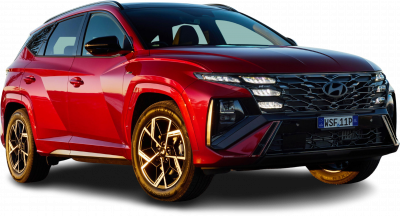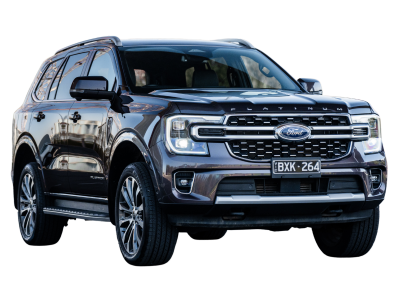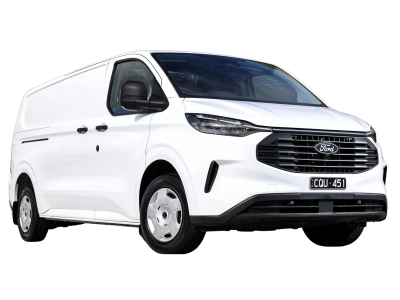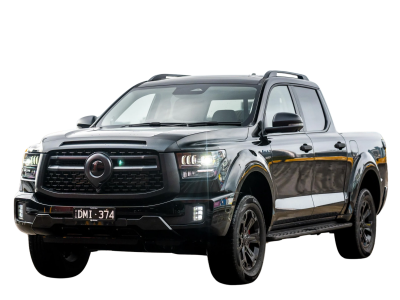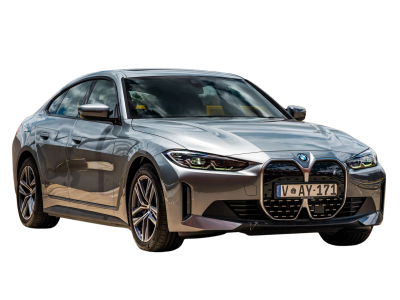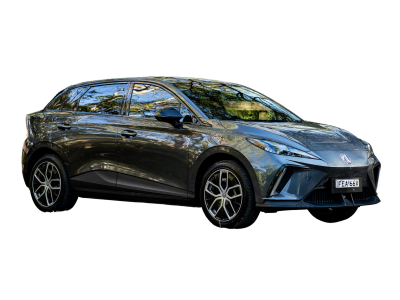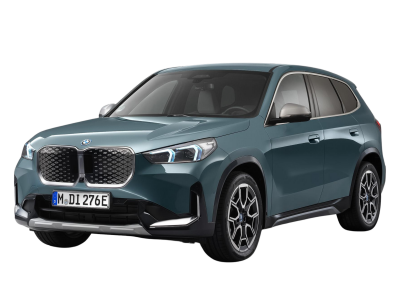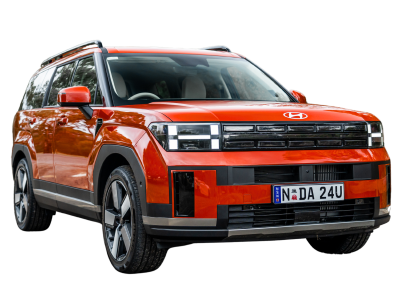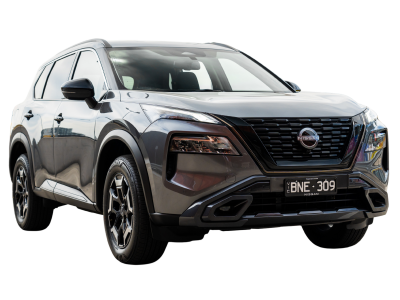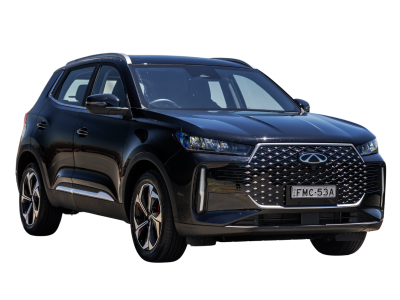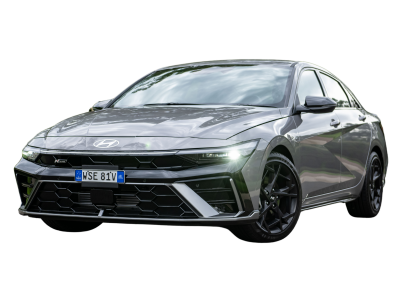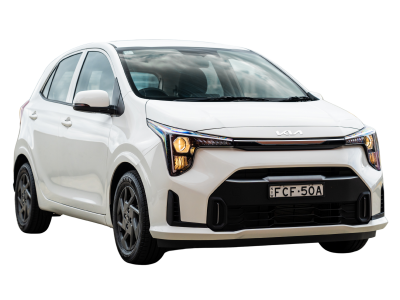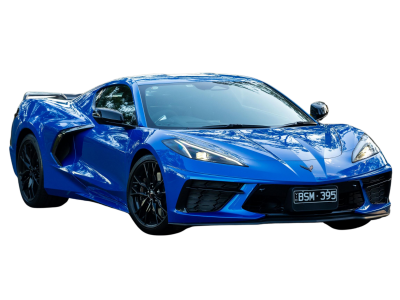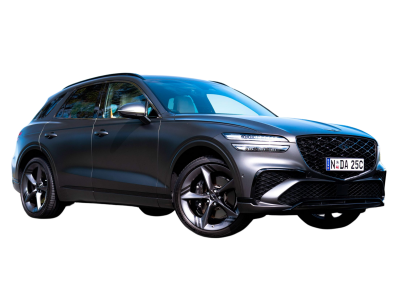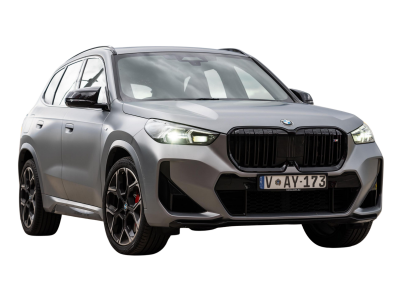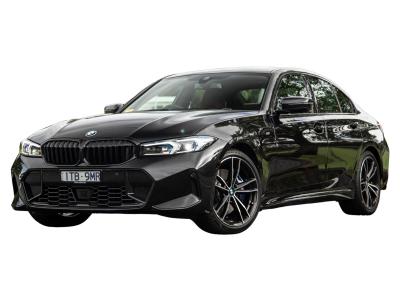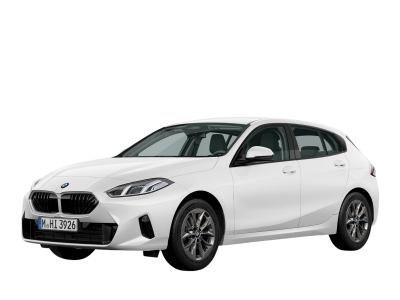Utes are the ultimate Australian work and play vehicles, combining rugged durability with practical payload capacity and the versatility to handle everything from construction sites to weekend adventures. These hardworking vehicles must excel at carrying heavy loads, towing equipment and navigating challenging terrain while maintaining the reliability, safety and comfort that keeps Australian businesses and families moving.
The best utes deliver genuine workhorse capability without compromising on everyday driveability. They need substantial payload capacity for commercial demands, impressive towing ability for Australian lifestyles, and the design and build quality to handle years of tough use. Modern safety tech and comfort are essential.
Here are Australia's top utes that define toughness, versatility and dependability.
Australia's Best Ute
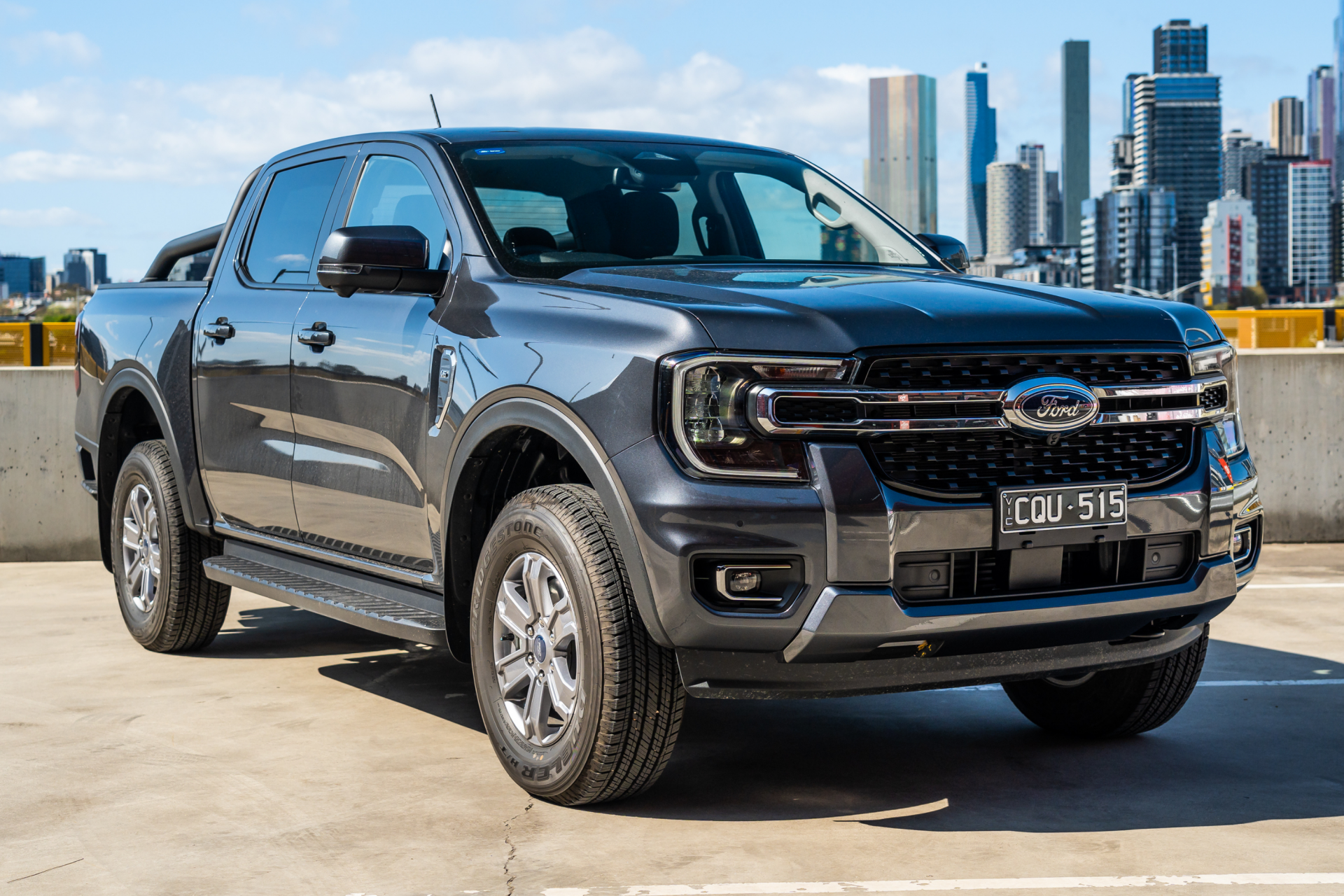
Best Choice
Ford Ranger
The locally developed Ford Ranger delivers benchmark ute capability with class-leading refinement, ride, handling, safety and technology, plus the payload and towing credentials demanded by Australians.

Finalist
Volkswagen Amarok
The Volkswagen Amarok combines tough, proven underpinnings with a European design and tech flavour to deliver refined driving dynamics and all of the capability expected in this segment, elevating the traditional work truck experience.
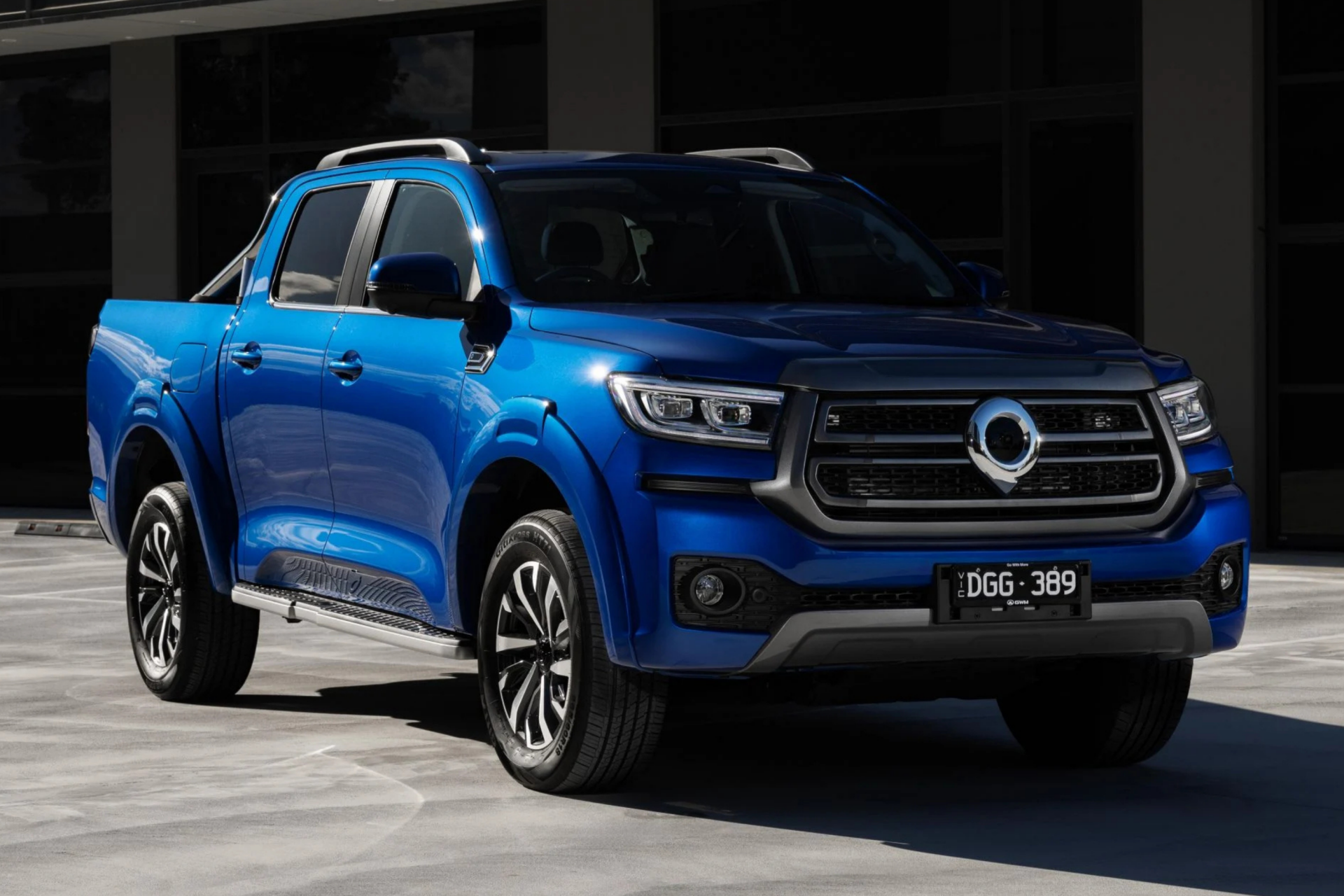
Finalist
GWM Cannon
The GWM Cannon offers exceptional value with competitive payload and towing capacity, comprehensive equipment levels and attractive pricing that makes capable ute ownership more accessible for Australian buyers.
Compare 2025’s Best Ute
Explore our top picks for Best Ute this year, with side-by-side comparisons to make your choice easy.




